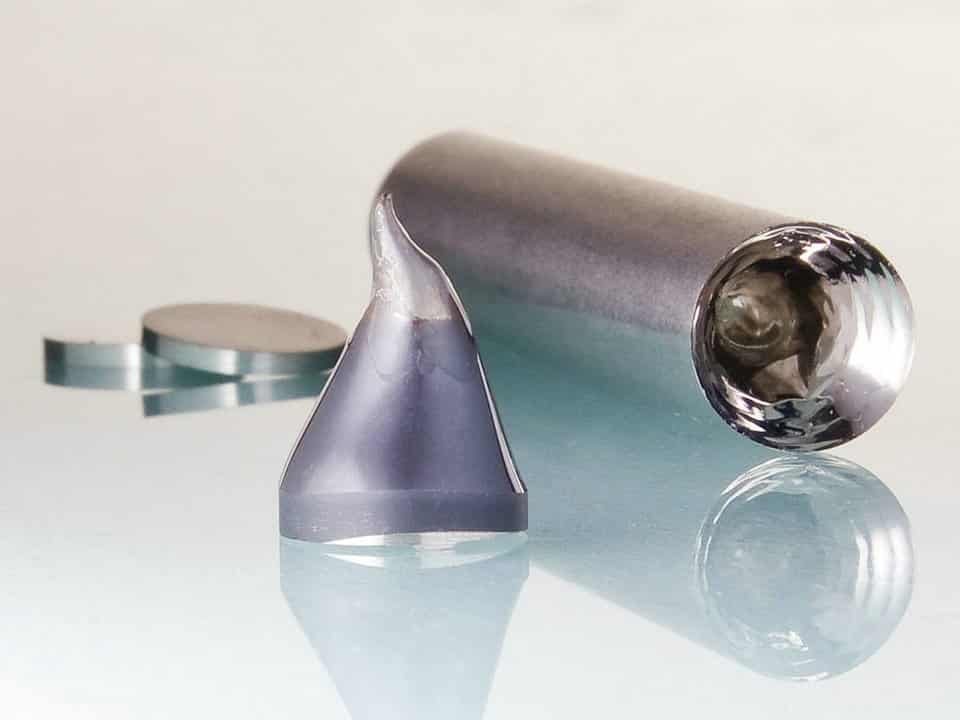Trumpf and Heraeus have collaborated to develop amorphous metallic 3D printing technology. Also called glassy metal or metallic glass, which exhibits mechanical properties that are superior to metals while also being lighter.
For anyone who has watched Star Trek IV, this technology will come as no surprise, where Scotty trades secrets for making transparent aluminum in exchange for some glass to make giant whale tanks. Therefore, many other sci-fi technologies in Star Trek have been implemented: video calls, tablets, replicators, why is opaque aluminum? In fact, the initial amorphous alloys they used were based on zirconium, copper, titanium, and platinum, but I’m sure they will become aluminum.
“3D printing of amorphous components in the industry is still in its infancy. This new collaboration will help us speed up printing processes and improve surface quality, ultimately cutting costs for customers. This will make the technology more suitable for a wider range of applications, some of which will be completely new”, says Jürgen Wachter, head of the Heraeus Amloy business unit.
What Produces a Metal Amorphous?
The defining characteristic of a metal is its crystal atomic structure. This crystal structure leads to the formation of a lattice, and defects in the lattice make the metal weaker and more prone to corrosion. By rapidly / undercooling metals from the molten state, their atomic structure is frozen into an amorphous structure, such as glass. This is why they are called glassy metals. The amorphous atomic structure has many advantages, including:
- Isotropic mechanical properties, meaning it’s just as strong in every direction
- Low density
- Yield strength two times higher than steel
- High wear and abrasion resistance that’s similar to ceramic
- High magnetic permeability and easy to magnetize and demagnetize
- Biocompatible
- High corrosion resistance
- Elastic and springy
Those characteristics make amorphous metals highly desirable in a number of sectors, such as the automotive manufacturing, medical, aerospace, and consumer electronics industries. This technology could improve everything from prosthetic implants to micro springs to phone cases to jet fuel nozzles. “Amorphous metals hold potential for numerous industries. For example, they can be used in medical devices — one of the most important industries for additive manufacturing,” said Klaus Parey, Managing Director of Trumpf Additive Manufacturing.
Trumpf has a wide range of industrial-grade laser metal fusion and laser metal deposition 3D printer product lines, so they are ideal partners for this development project, and its TruPrint 2000 machine will be used throughout the research phase.

